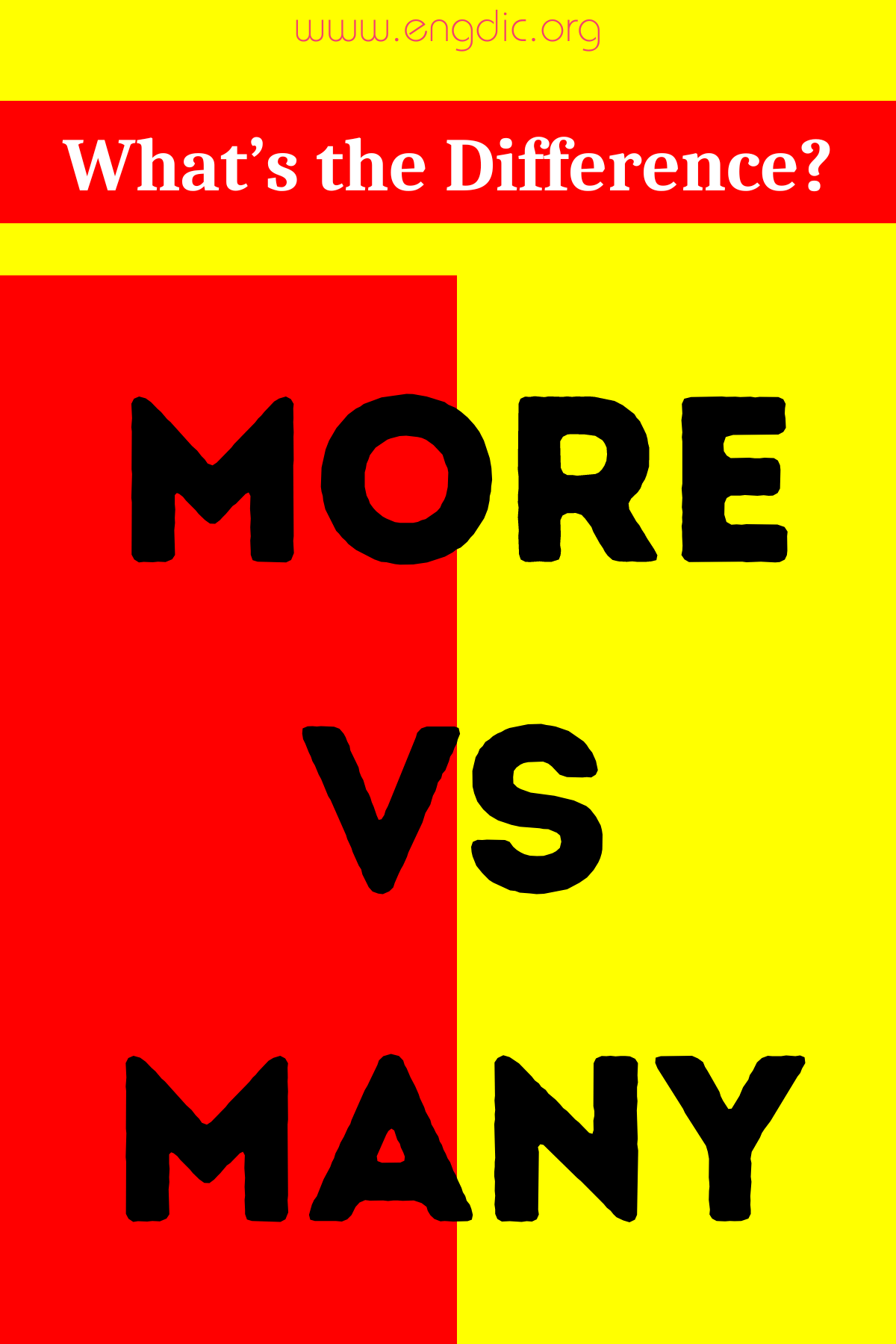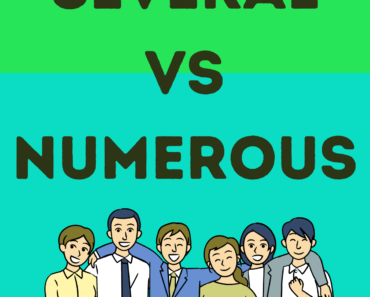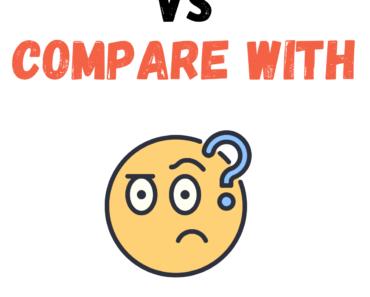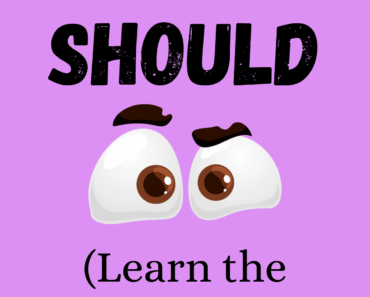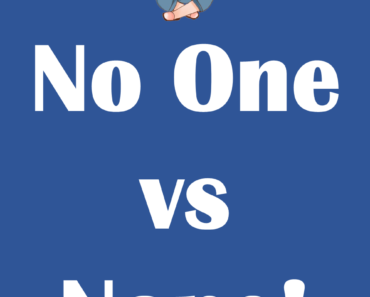The words “more” and “many” both refer to quantities but are used in different contexts. “More” is a comparative adjective or adverb, indicating a greater extent or amount in comparison to another quantity. It can be used with both countable and uncountable nouns. On the other hand, “many” is a quantifier used specifically with countable nouns to indicate a large number. Understanding when to use each can clarify your writing and speech.
Definition of “More”
“More” serves as a comparative form of “much” or “many” and can be used with both countable and uncountable nouns. It denotes a greater quantity, amount, or degree when comparing two elements.
Usage and Examples:
- As an Adjective: “She wants more apples.” (Comparative quantity of countable nouns)
- As an Adverb: “He is working more efficiently now.” (Comparative degree of an adverbial concept)
- In Questions and Negative Contexts: “Would you like more tea?” or “No more delays!”
Definition of “Many”
“Many” is used to describe a large number of countable items. It is used in positive statements, as well as in questions and negatives to emphasize quantity.
Usage and Examples:
- Positive Statements: “There are many books on the shelf.”
- In Questions: “How many people are coming?”
- In Negative Constructions: “Not many students attended the lecture.”
Understanding the correct contexts and applications of “more” and “many” enhances clarity and precision in communication. Each word caters to different linguistic needs based on the type of noun and the desired expression of quantity or degree.
